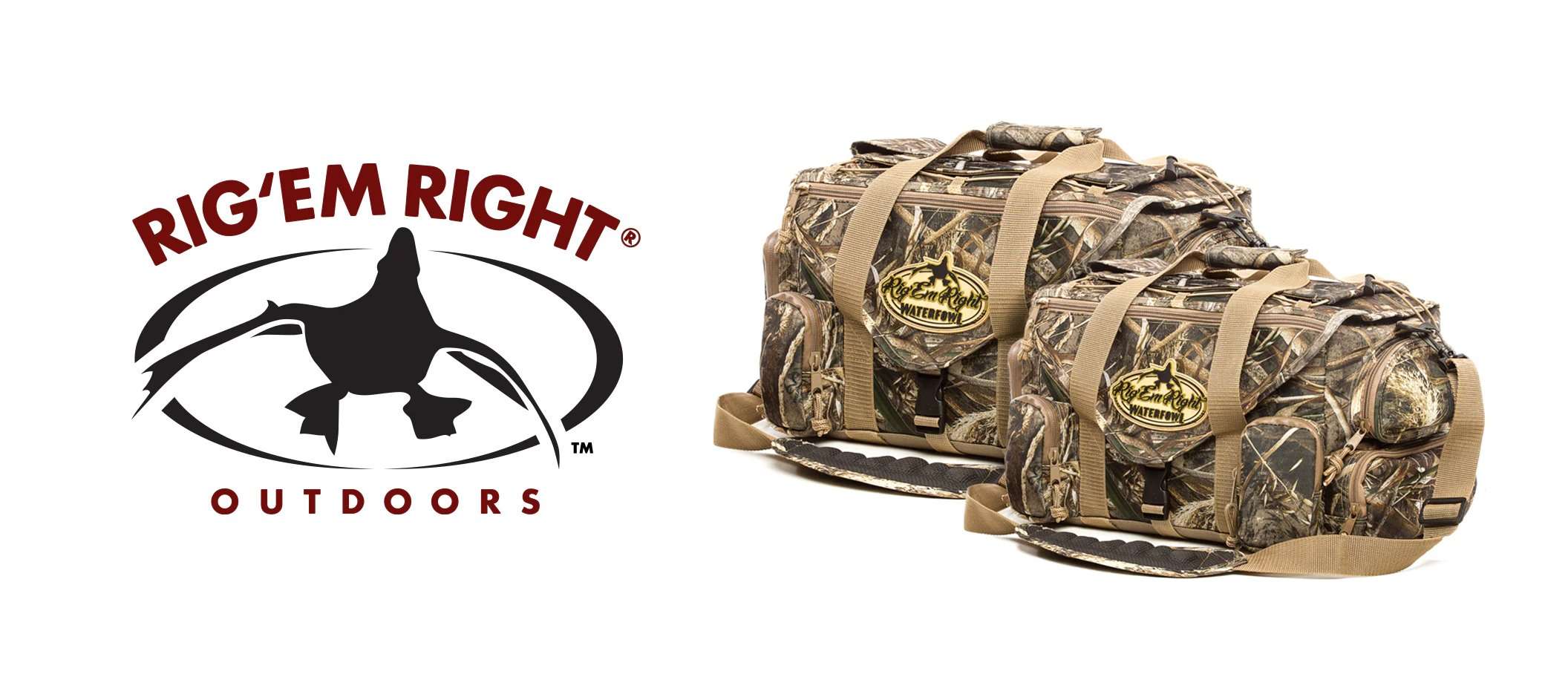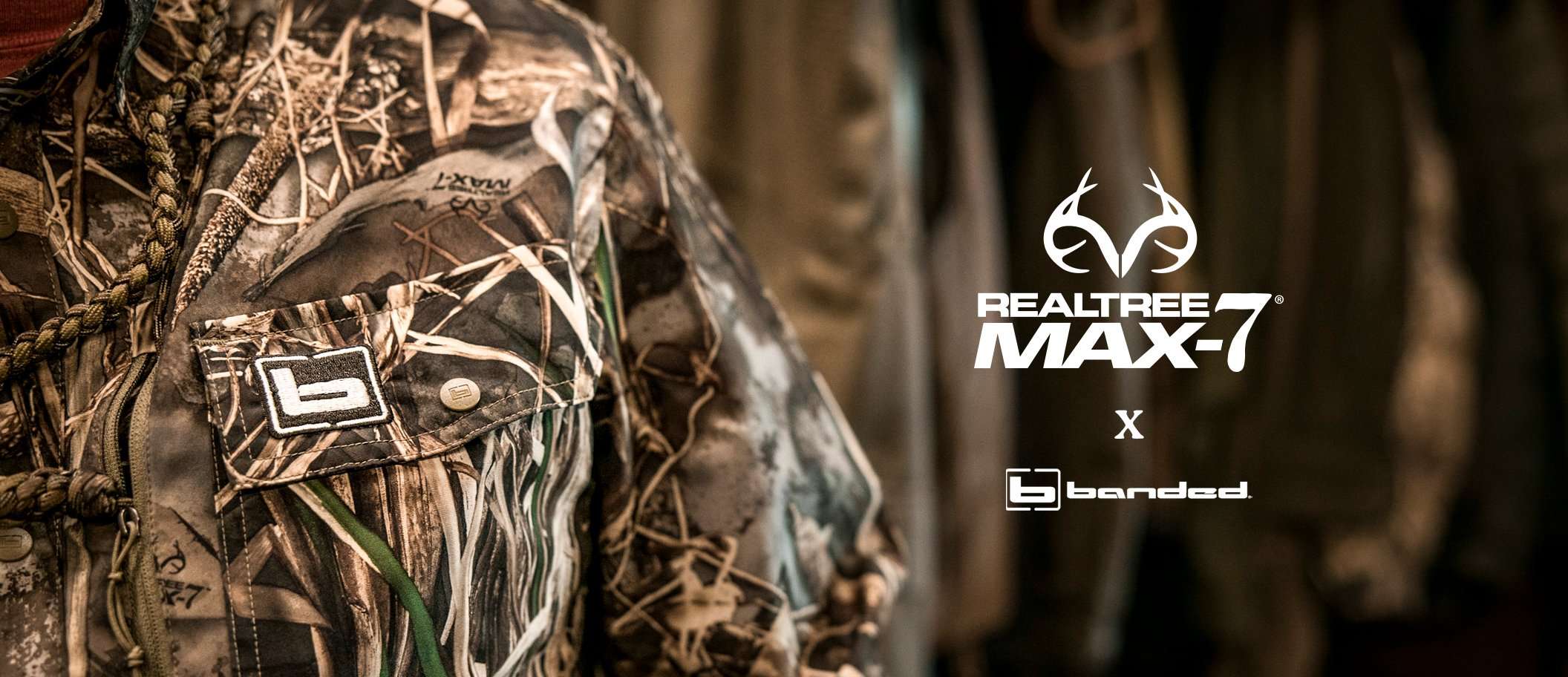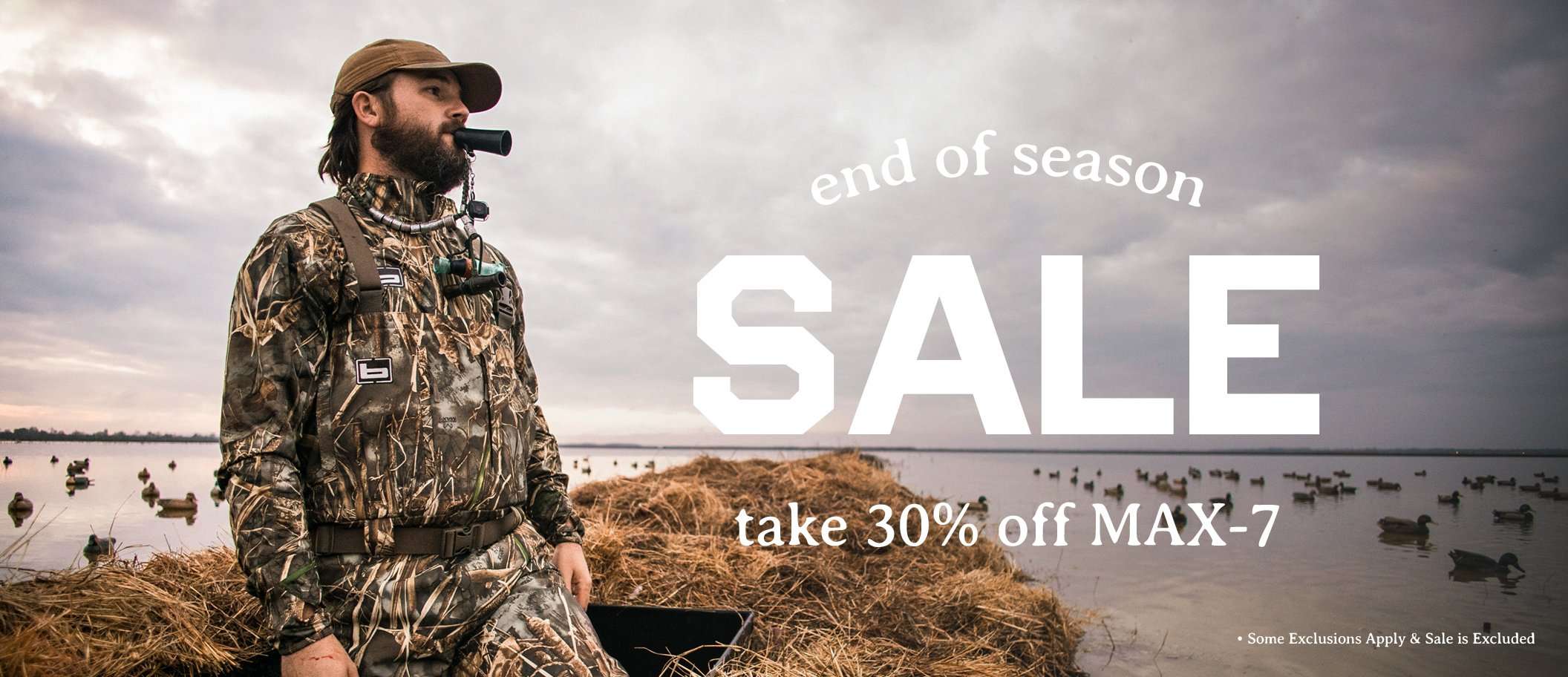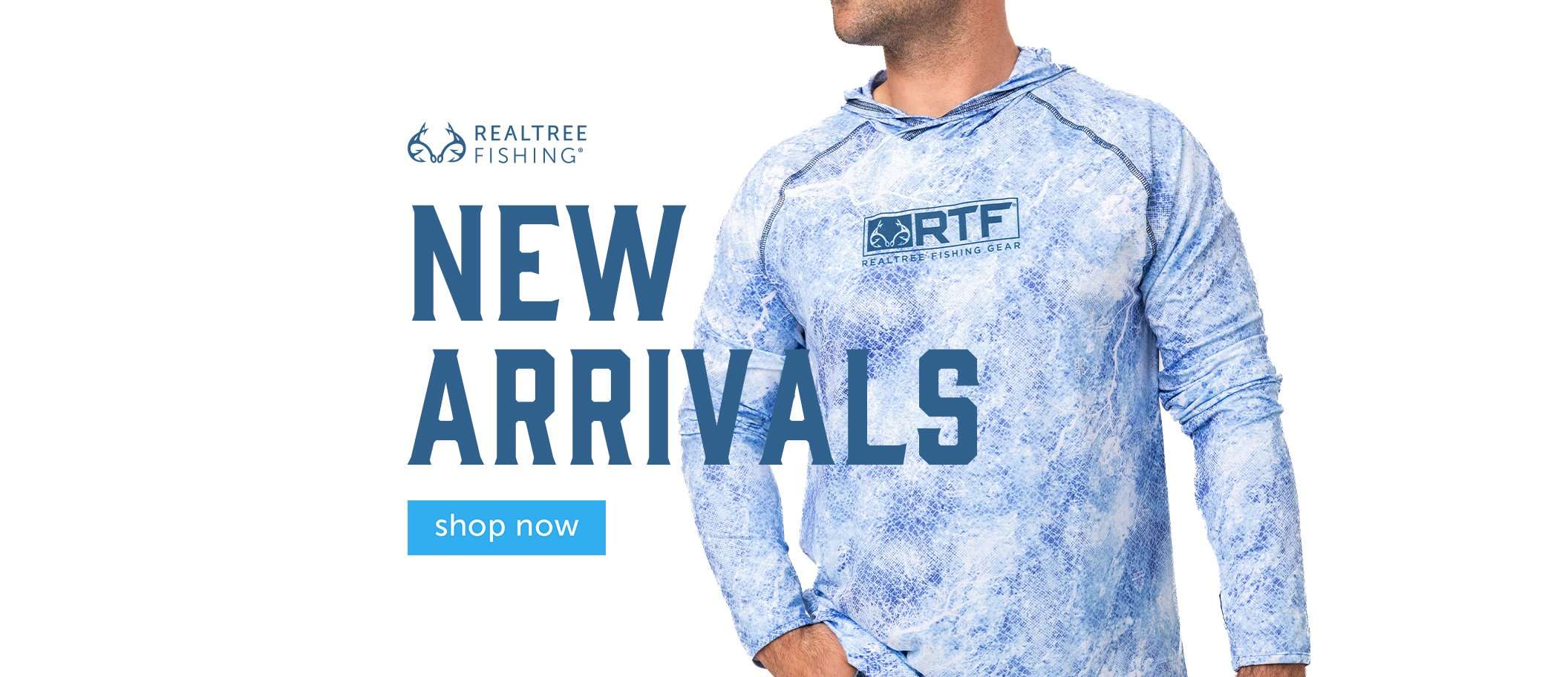Everybody likes to watch a cork disappear. That happens to be one of the best ways to catch spring slabs, too
I love to catch crappie in the spring. It's a bite that begins in March and lasts until May where I fish most often in Kentucky, but it can run later on fisheries farther north. There are plenty of reasons to love spring crappie fishing, but watching a cork go under might be one of the best ones. This is a great time of year to fish a simple jig and bobber system in the shallows.
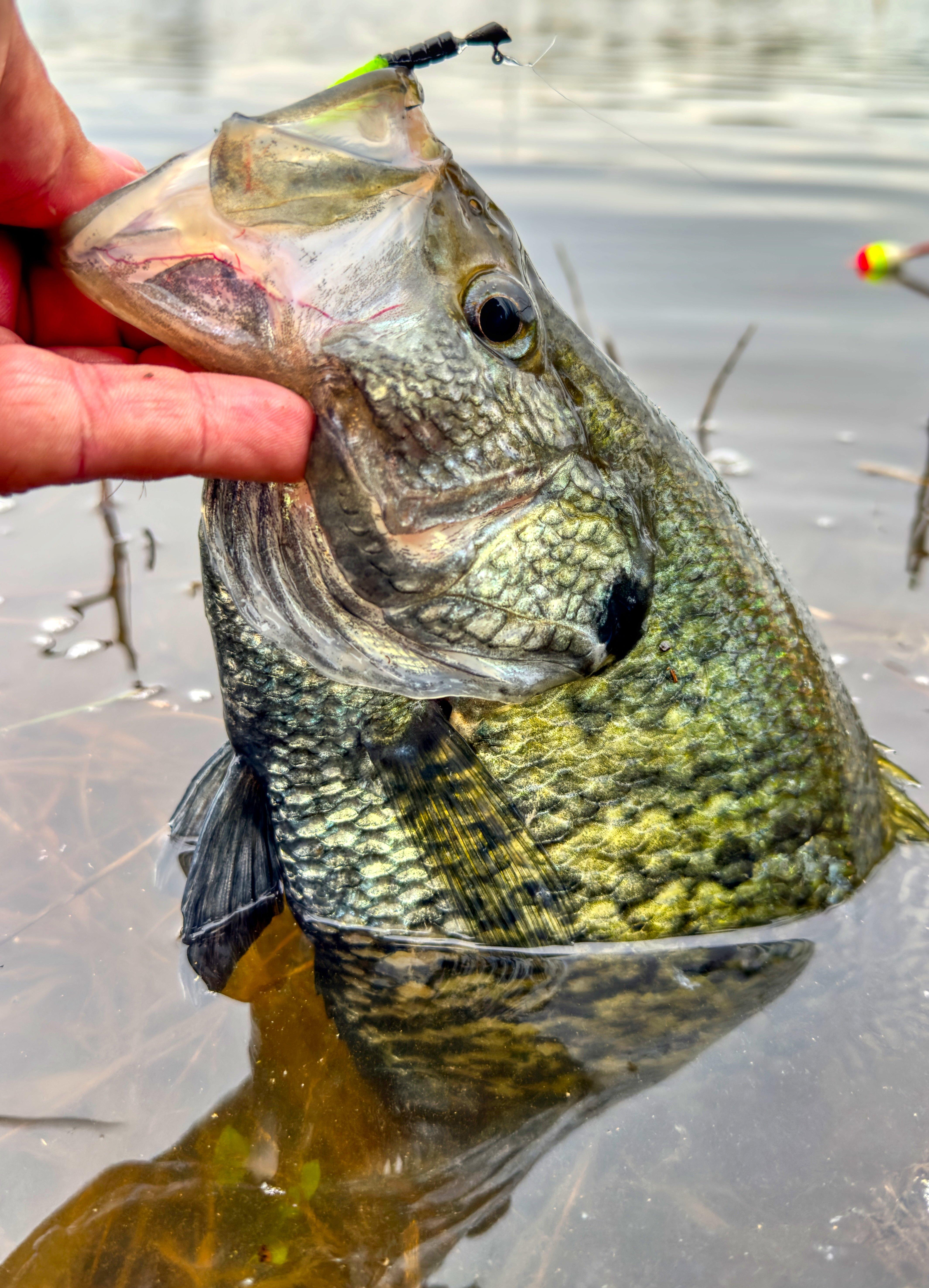
A jig and bobber combo can be deadly for giant spring crappie. Image by Jason Sealock
THE RIGHT TIME FOR JIG AND CORK CRAPPIE
The optimal time to use a cork and jig on crappie usually follows them moving shallow in the spring. When slabs are up shallow, using a cork a few feet above a jig gives you the flexibility to fish slow and stay in the strike zone longer.
This can be a much needed aid when fish are finicky around the spawn. If you are marking or seeing cover a few feet under the surface, the float can keep your jig up and out of the snags, while also suspending it right in the strike zone. Because crappie naturally want to feed up, this presentation works very well.
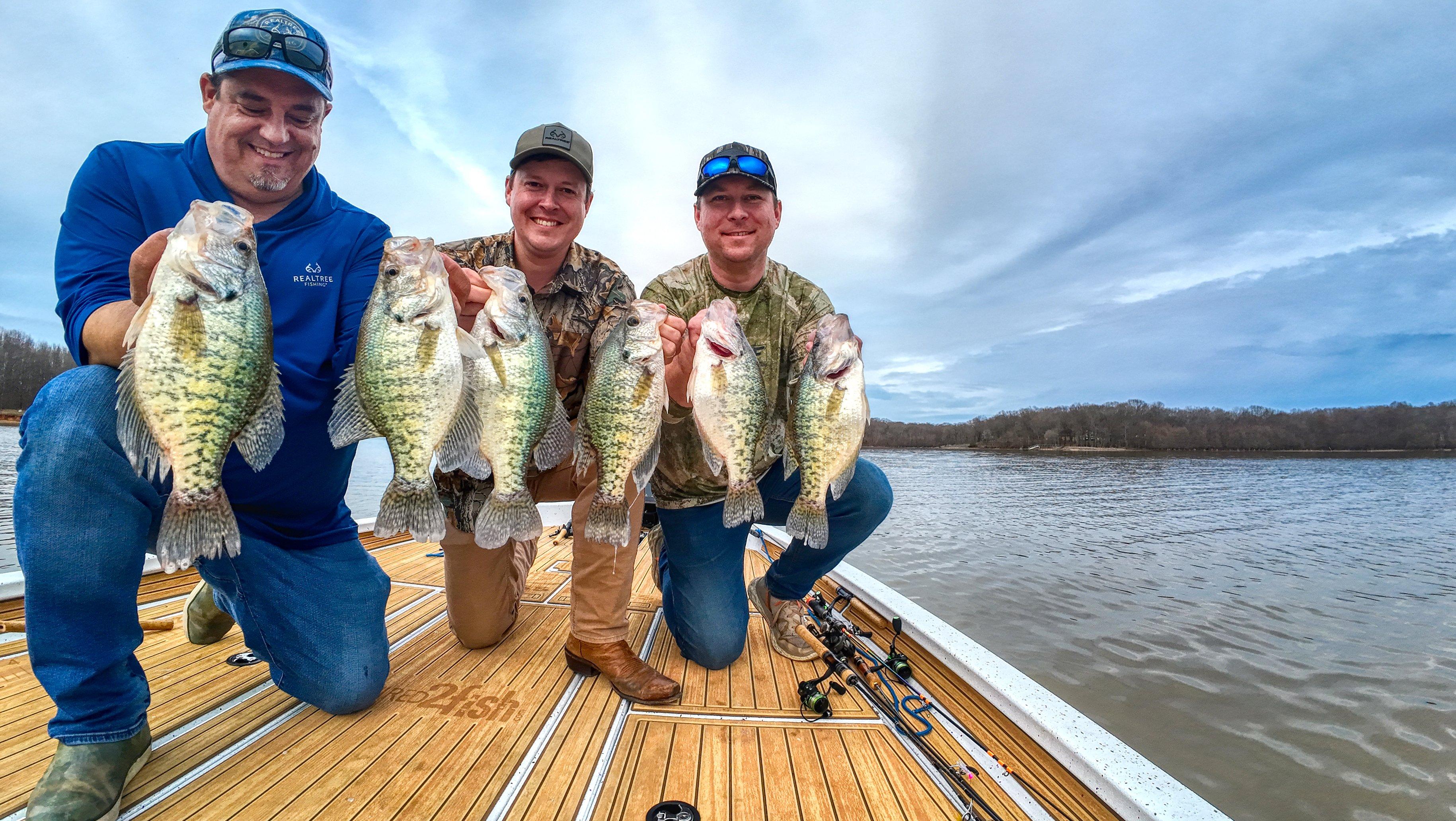
Use a jig and bobber presentation in the spring when the crappie move shallow to spawn. Image by Jason Sealock
When the crappie are near shallow cover, you can use a cork and jig to present the natural looking offering in a tight location without moving it too much, which often results in getting snagged. Whenever crappie relate to shallow wood, a float and jig is dynamite. It’s also great when they’re spawning and you need to cover water. You can make long casts and pull the bobber along slow and steady, or in short pulls to coax fishing into biting. I was on a small neighborhood lake a few weeks ago after dinner, and I had a ball with a cork and a jig, slowly tempting crappie that were getting more active in the shallows the closer it got to dark.
THE BEST FLOATS FOR SHALLOW CRAPPIE
I am pretty particular about the floats I’ll use for shallow crappie fishing with a jig. I don't like slip floats because they will not always slip like they’re supposed to with a light jig. And I don't want to pinch on added weight, especially on light line. I much prefer pinch-on floats with a removable stopper that pinches the line against the side of the bobber, especially for ultralight setups with 2-pound line. For 4-pound and heavier line, spring bobbers can work, but be careful with them because they can scar your line. I like the balsa bobbers with a stem and spring, as well as the Trout and Crappie Magnet floats. Thill and Mr. Crappie from Betts also make great pinch-on bobbers.
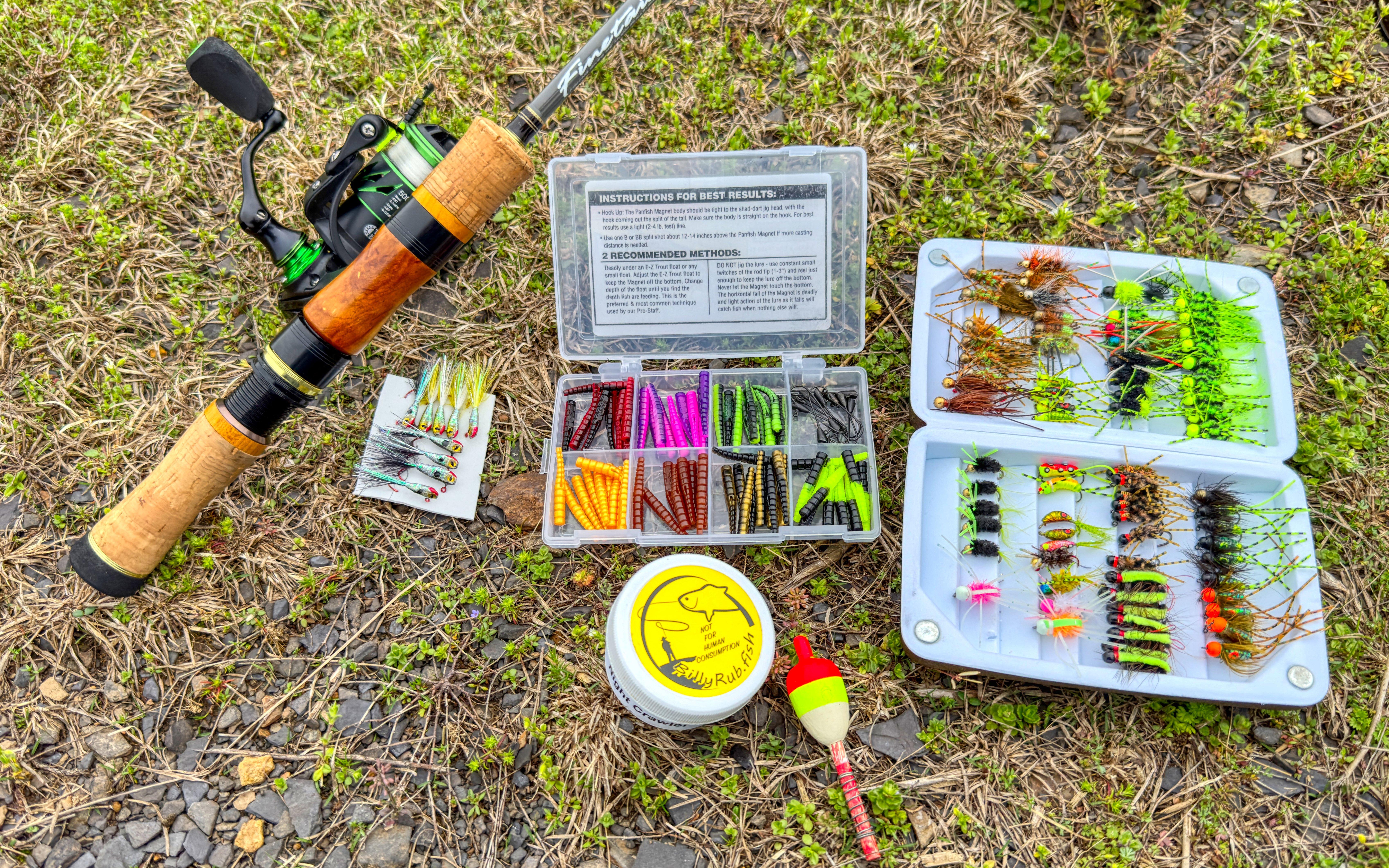
This method doesn’t require much gear. You just need a few crappie jigs and pinch on floats that will stay in a preset location on your line. Image by Jason Sealock
***Don’t Miss: *HOW TO FISH FOR WHITE BASS, THE OTHER SPRING PANFISH
HOW TO FISH A JIG UNDER A FLOAT FOR CRAPPIE
The how-to of jig and cork fishing is simple and straightforward. I want to cast my jig and bobber out and pull it over areas of cover where I think I have multiple chances to catch a fish. Sometimes this is simply a high spot with sparse cover like grass or stumps. Sometimes it's precise pitches in and around cover. Regardless, a bobber can make a big splash in the shallows, so it’s best to cast beyond your target and then pull it into the strike zone.
Then I will slowly reel the jig, paying close attention to the bobber so that I don’t pull it under or make a giant wake. I want it to wobble along on top. Other times I will pull it about 6 inches and allow the jig to settle. This gives the jig a jumping motion, like a small crustacean or bug in the water, darting about and eliciting a reaction from a big crappie. About 9 times out of 10, your bite will happen just after you pull it and let your jig settle.
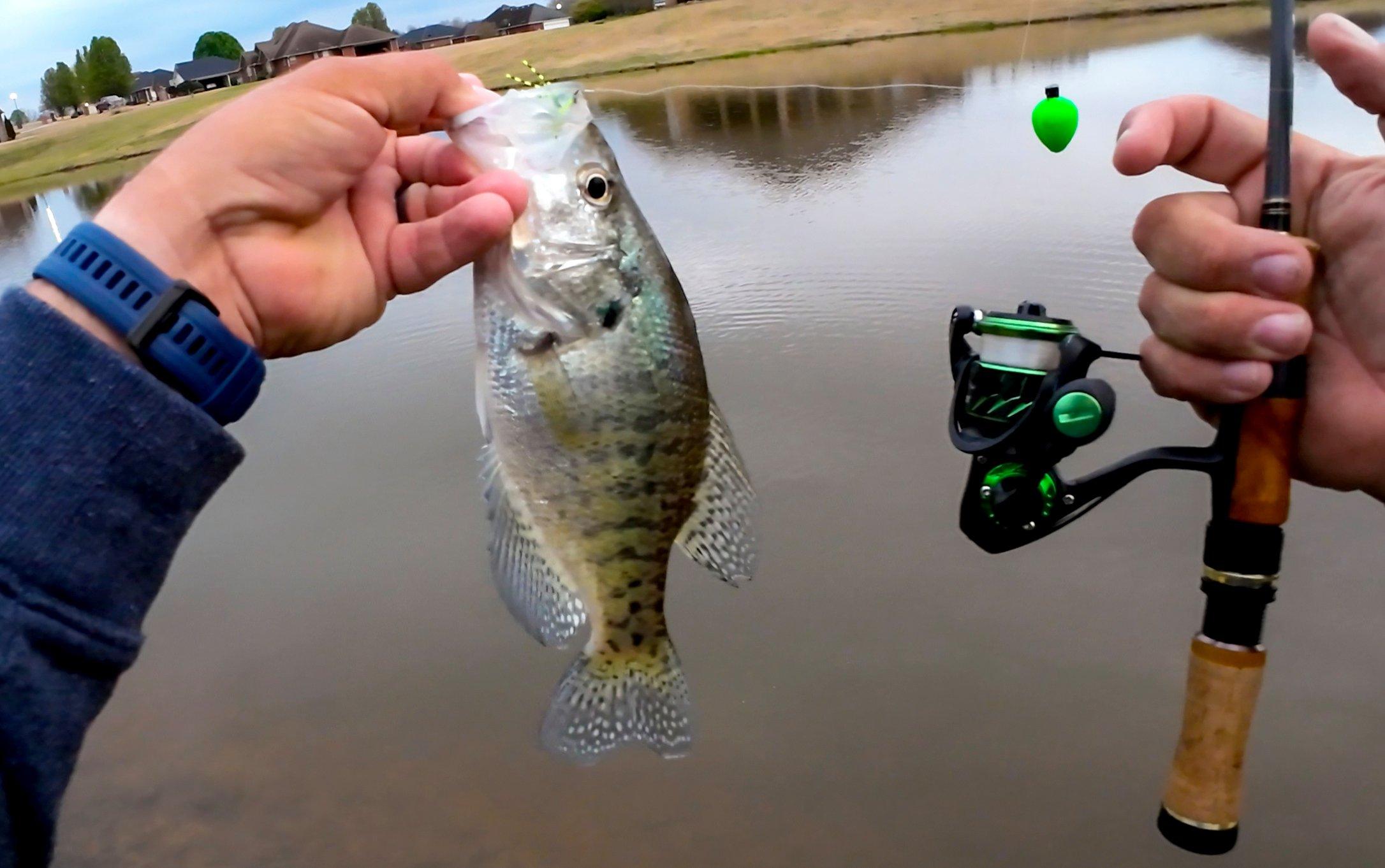
Fish the rig by retrieving in short pulls, allowing the jig to settle each time before moving it again. Image by Jason Sealock
Crappie are notorious for hitting jigs as they fall naturally. I feel like a lift and fall is better than just a slow retrieve at times. If the stumps or other cover are visible, you can be pretty precise on how you present your bait, causing it to rise and fall right on a piece of fish holding cover.
Unlike bream fishing with crickets, don’t expect a crappie to pull a float under and hold it. The crappie is usually going to be on the same depth level as the jig, and he will suck it in. That will show up as the bobber popping underwater and coming right back up. When you see that, set immediately. You might think the fish isn’t there, but they almost always are for a second or two after that pop.
Your ordinary jig and cork scenario is as follows:
1. you pull the bobber
2. let it settle
3. it pops once
4. you set the hook
Some fish will grab the jig and run but usually, you need to be on guard to set when the bobber pops once. Sometimes on calm days, the bobber just leans or lays all the sudden, when you know the jig isn’t on bottom. You have a strike! The fish grabbed your jig and moved up slightly so the jig is not "standing the bobber up" any longer and it leans or lays down. Set the hook.
***Don’t Miss: *WHITE CRAPPIE VS. BLACK CRAPPIE: WHAT’S THE DIFFERENCE?
CORKING CRAPPIE GEAR
If you are fishing deep water, a longer rod helps. I have an 8-foot rod that I use for bobber fishing. But day in and day out, I'm using a 6-foot spinning rod, a 50/500 reel and 4- to 6-pound mono or fluorocarbon to bobber fish. I do have a bluegill bobber rod that is barely 4 feet long, spooled with 2-pound line. A big crappie on 2-pound line is a hoot! Just be sure you have a net, since they can break such light line with one good flop.
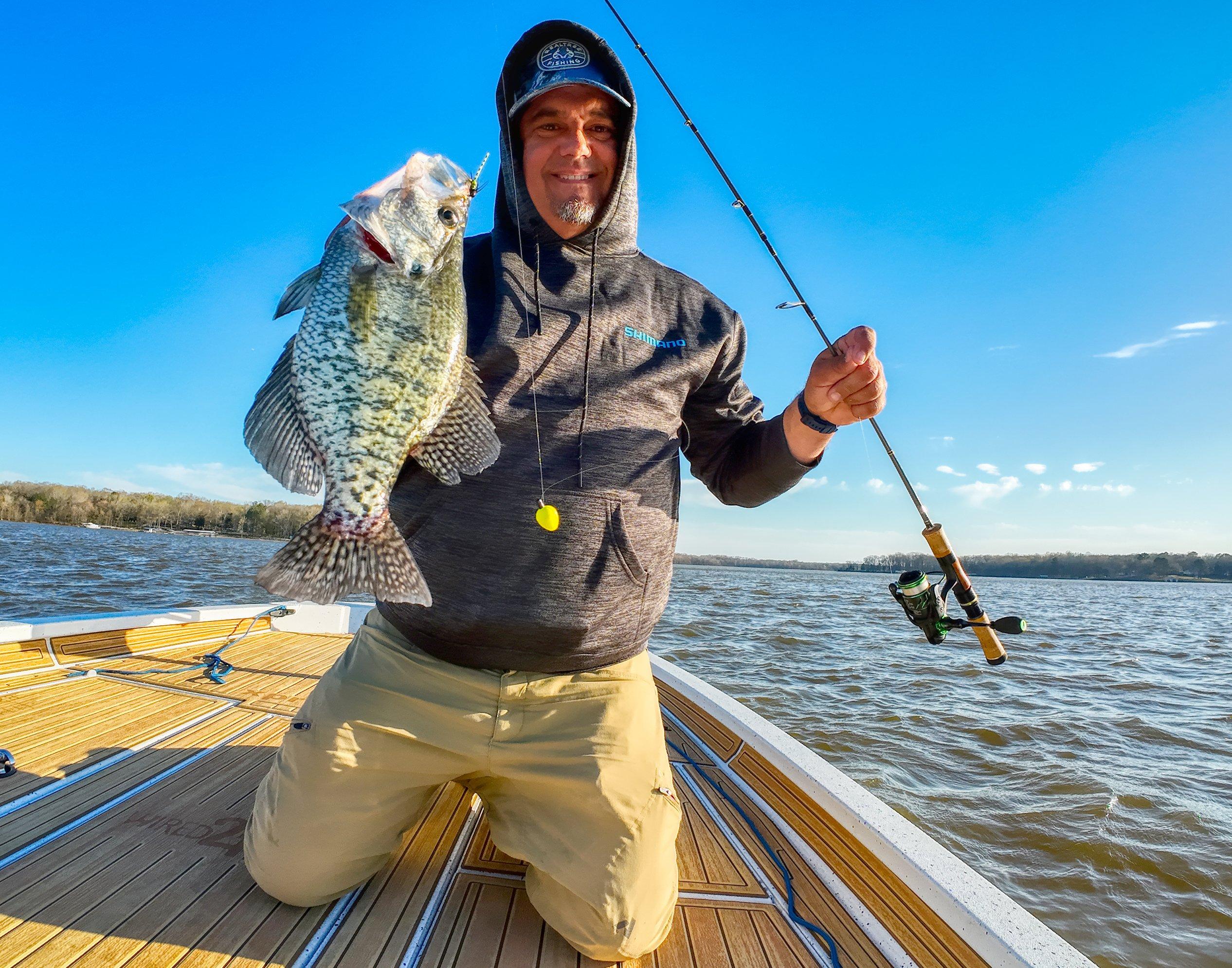
The author uses a variety of rods for cork fishing crappie, including a short 4-footer with 2-pound line. Image by Jason Sealock
My simple crappie bobber and jig setups include the following:
A 6-foot B'n'M Sharp Shooter rod or 8-foot B'n'M The Difference rod
A 500 size Piscifun Viper X reel
4-pound Maxima Ultragreen monofilament line
1/16-ounce or 1/32-ounce jighead on a loop knot
I like simple plastics like Bobby Garland Baby Shad, Z-Man Baby BallerZ, or a Crappie Magnet
I also like hand tied jigs under a bobber
A loop knot makes for a livelier, more natural swimming action
A cork going under still gets my blood pumping just like it did when I was a kid. So I always look forward to the spring when I can cork big crappie and bluegills that come shallow to feed and spawn. A bobber has a lot of advantages over other methods of fishing a jig. You can keep some distance from the fish. You can fish slower. You can stay out of the snags a lot easier. You can create various presentations for the fish. It's the best of all worlds on shallow crappie, and it will work on some of the biggest fish of the year.

